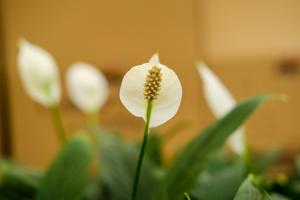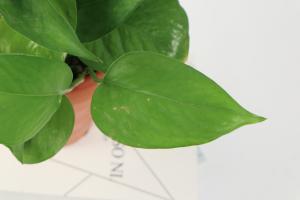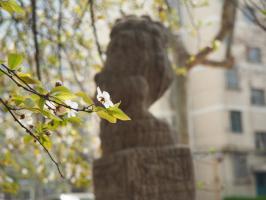Introduction
Lewis and Clark's expedition to explore the Western United States from 1804 to 1806 was one of the most significant events in American history. During their journey, they discovered many new species of plants and trees, making important contributions to the study of botany. In this article, we will explore how many plants and trees Lewis and Clark found during their expedition.
The Expedition
Lewis and Clark's expedition, also known as the Corps of Discovery, was commissioned by President Thomas Jefferson in 1803. The primary objective was to explore the newly acquired Louisiana Territory, which included over 800,000 square miles of land west of the Mississippi River. The expedition was expected to identify a practical route to the Pacific Ocean and establish trade with Native American tribes. However, one of their other goals was to document and collect new species of plants and animals.
The Discoveries
During their journey, Lewis and Clark documented over 200 new species of plants and trees. Some of the most notable finds were the bitterroot plant, which became a staple food for indigenous tribes, and the Pacific yew tree, which contains a cancer-fighting compound. They also discovered numerous other plants and trees, including sagebrush, yellow bell, and western redcedar.
The Importance of the Discoveries
The botanical discoveries made by Lewis and Clark were essential because they helped scientists classify and understand plant species in the Western United States. Their findings contributed to the development of the study of botany in America and around the world. Many of the plants and trees they collected are still used today in the fields of medicine, agriculture, and science.
The Legacy of Lewis and Clark's Discoveries
Lewis and Clark's expedition has had a lasting impact on American history, and their botanical discoveries are still studied today. They faced many challenges on their journey, including harsh weather, lack of supplies, and encounters with hostile Native American tribes. However, they persevered and collected invaluable information that helped shape the history of the United States.
Conclusion
In conclusion, Lewis and Clark's expedition was a significant event in American history that contributed greatly to the study of botany. Their discovery of over 200 new plant and tree species helped scientists classify and understand plant species in the Western United States. Their legacy still lives on today, and their discoveries continue to be studied and used in various fields.

 how many times do yo...
how many times do yo... how many planted tre...
how many planted tre... how many pine trees ...
how many pine trees ... how many pecan trees...
how many pecan trees... how many plants comp...
how many plants comp... how many plants can ...
how many plants can ... how many plants and ...
how many plants and ... how many pepper plan...
how many pepper plan...































